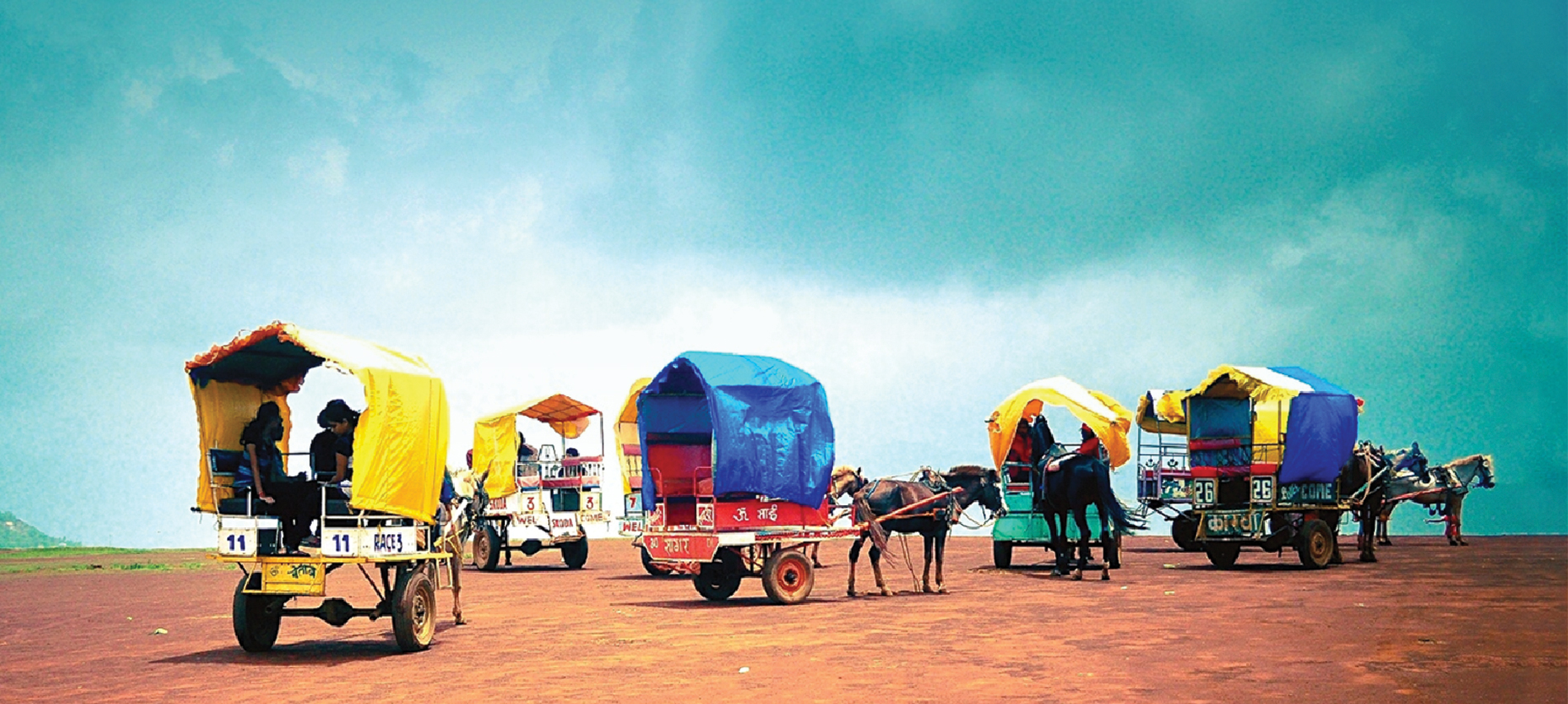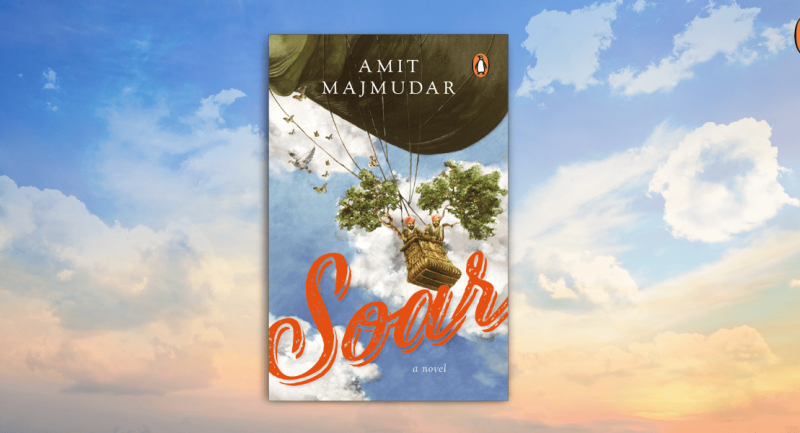
Mark Tully worked for the BBC in South Asia for 25 years and now works as a journalist in New Delhi. His books include No Full Stops In India, The Heart of India and Lives of Jesus. In India in Slow Motion, Mark Tully covers subjects as diverse as Hindu extremism, bonded child labour, Sufi mysticism, the crisis in agriculture, the persistence of political corruption and the problem of Kashmir.
Let’s read an excerpt from this book.
———
On the last Sunday we met another priest who had not found change easy. When we were sitting in a pew waiting for mass to start in Old Goa’s Se Cathedral, a small, elderly but remarkably spry priest came up to us wearing not the usual white cassock but an old fashioned, tight-fitting black one with a traditional high dog-collar. He asked whether I was a Portuguese speaker and when I told him I didn’t know a word of the language he said, ‘I usually ask foreigners that because I love speaking Portuguese but I don’t get much chance nowadays.’
I asked why the exterior of his cathedral was now yellow instead of the traditional Goan white and this provoked a diatribe against the Archaeological Survey of India which had taken over responsibility from the church for the monuments of Old Goa. ‘We can’t do anything to our own cathedral now,’ he fumed, hopping from one foot to the other in his anger. ‘We even have to get permission to put up a new collection box, and what do they do to preserve the church? Nothing.’ As evidence he took me to the west end and showed me piles of rubble where the plaster was peeling from the pillars.
I had noticed that his cassock had purple piping and purple buttons so I asked, ‘Does the purple mean you are a monsignor?’
‘No. But I am Father Adolpho Joviano Castro Viegas, a canon of the cathedral and the parish priest and that is just as senior.’
Having been put straight about that, I went on to ask, ‘In the cathedral, do you keep up the old traditions of worship?’
‘Of course I try to, but what can we do? We don’t have money to pay for the choirs and all that you need for proper ritual, and the bishop doesn’t care either. The Portuguese bishop used to come here regularly with full pomp and devotion. The present one only comes about four times a year. I love the full ritual and singing, it lifts your heart.’
The peppery priest then left me to robe for the chapter mass. The vast cathedral was far from full when Father Adolpho and six other equally elderly canons entered through the south aisle. Robed in splendid green copes they walked in a solemn procession, accompanied by just one server, to the altar at the top of the chancel steps. Six of the canons including Adolpho took their seats in high backed chairs behind the altar and one stood at the altar to celebrate the mass with dignity and solemnity. He was accompanied by a small choir in the organ loft.
Looking at the magnificent gilded reredos crowned by the figure of Christ on the cross just below the white-barrelled ceiling of the sanctuary, I couldn’t help but think of the Portuguese who had built this monument to impress Goans with the majesty of a God who lived on high. I knew that the church had to change, to bring God down to earth, if it was to survive in independent India, but I also acknowledged that I came from the old tradition, the tradition Father Adolpho was preserving. I found it easier to worship God in majesty, rather than God the social worker who battles for the poor, or God the personal pal of the charismatics.
——










